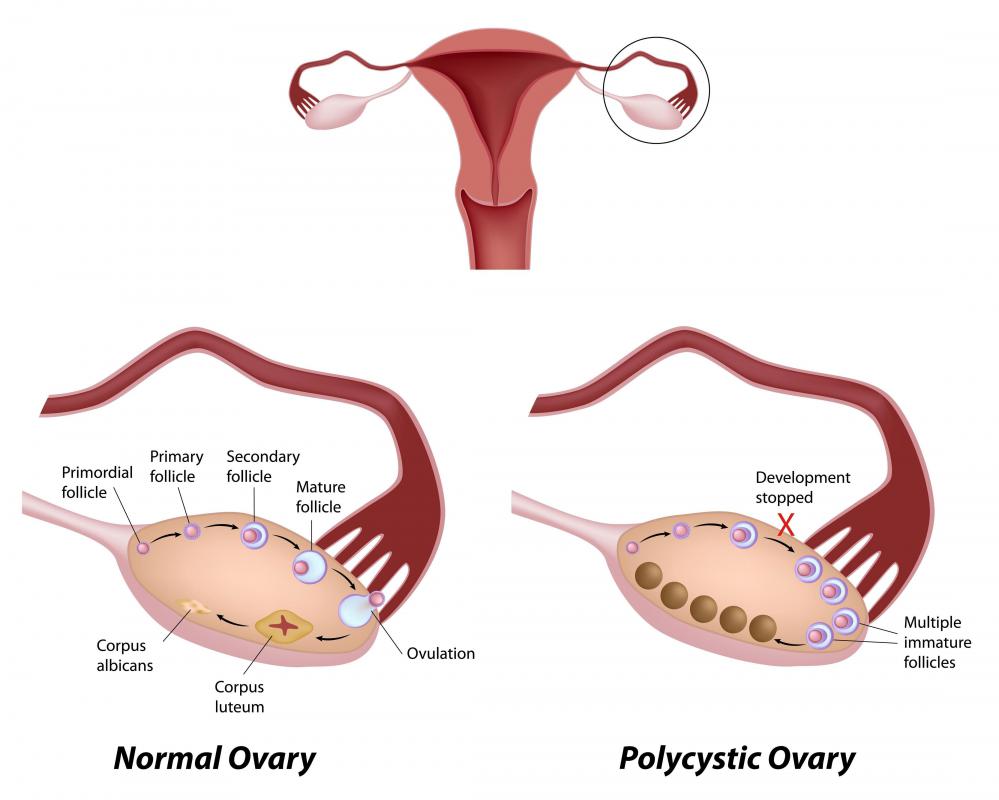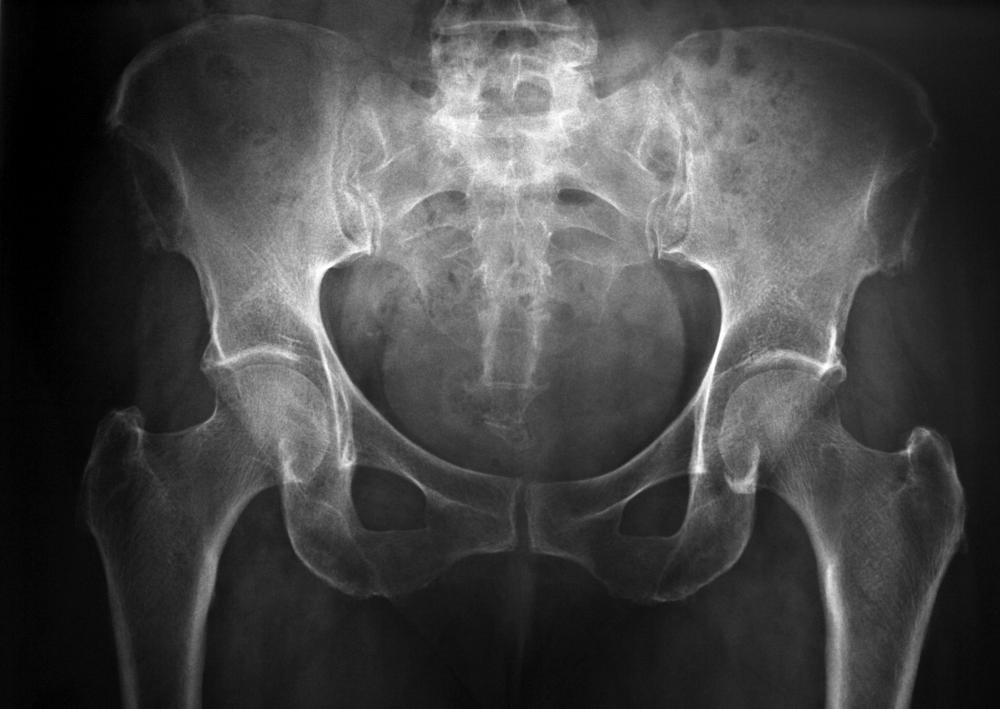At TheHealthBoard, we're committed to delivering accurate, trustworthy information. Our expert-authored content is rigorously fact-checked and sourced from credible authorities. Discover how we uphold the highest standards in providing you with reliable knowledge.
What is an Infertility Test?
The purpose of an infertility test is to determine the reason why a woman is unable to become pregnant or why a man is unable to impregnate a woman. There are a variety of procedures used during an infertility test. Some of the most frequent procedures administered to men during infertility these tests are physical exams, semen analysis and blood tests. Women commonly undergo physical exams, blood tests, pelvic ultrasounds, hysterosalpingograms and laparoscopy.
Upon visiting an infertility specialist, a man and woman typically will be advised to time their attempts at pregnancy in accordance with the woman's menstrual cycle. A woman is most primed for pregnancy immediately before ovulation and during ovulation. If it is determined that a couple has tried sufficiently and are still unable to get pregnant, an infertility test generally will be recommended.
The first tests performed usually are physical examinations. For men, this involves an examination of the testicles in particular. For women, this involves an examination of the pelvic region and a Pap smear.

Blood tests are used to examine the blood of men and women in order to determine hormone levels. The prolactic hormone can be tested to see whether a woman has menstrual or ovulation complications. Testosterone levels are frequently tested in men. Low testosterone levels can yield a low sperm count, which can cause infertility. In addition to blood tests, a semen analysis is often given in order to study the quality of a man's sperm, his sperm count, sperm movement and the white blood cell count in the sperm.

If an initial infertility test does not reveal the source of the problem, then more advanced tests usually will be administered. A pelvic ultrasound is performed to look at the size and shape of the ovaries and uterus. A hysterosalpingogram is an X-ray that examines the inside of the uterus and the fallopian tube. This test can reveal an obstruction that might prevent semen from traveling through the fallopian tube, or block an egg from entering the uterus. It also can examine the uterus for potential problems that could be preventing an egg from becoming fertilized.

Laparoscopy is a infertility test conducted to look at a woman's pelvic organs with a small scope inserted through the belly. This is done to find cysts, adhesions and infections that might prevent pregnancy. Women are provided with an anesthetic before undergoing this procedure.
There are many causes of infertility. In men, it often is a low sperm count and poor movement of sperm that are the most common culprits. This can be because of both genetic and environmental factors. For women, fallopian tube blockage, high levels of the prolactin hormone, ovulation disorders and early menopause are common causes of infertility.

Though infertility tests are mostly effective, not all infertility can be fixed. The more involved tests can be quite expensive. Some couples have even chosen to purchase infertility insurance to help with expenses. Whatever the case, in-depth infertility tests can be a worthy investment for couples who have done their research and exhausted all other avenues.
AS FEATURED ON:
AS FEATURED ON:















Discuss this Article
Post your comments